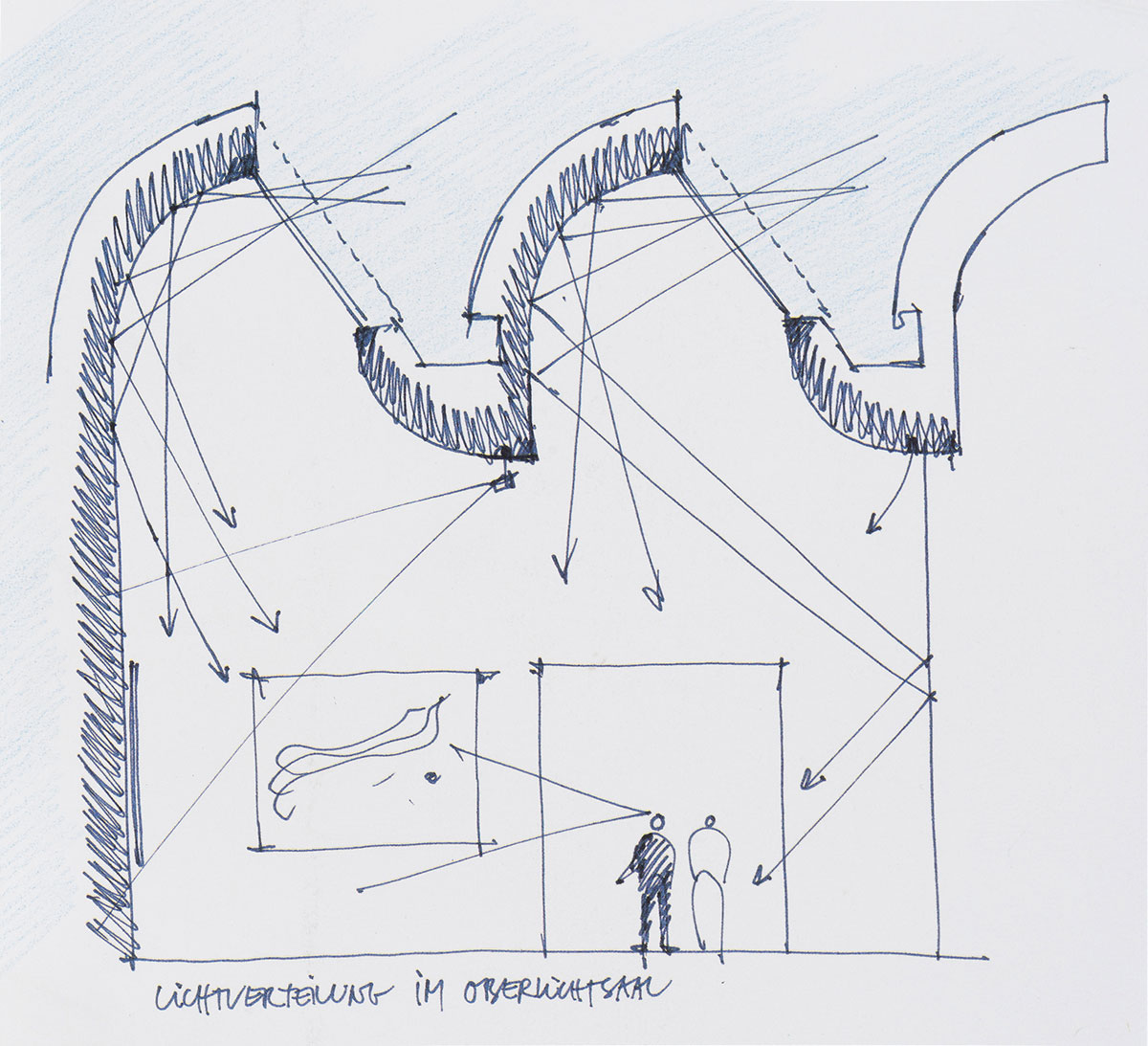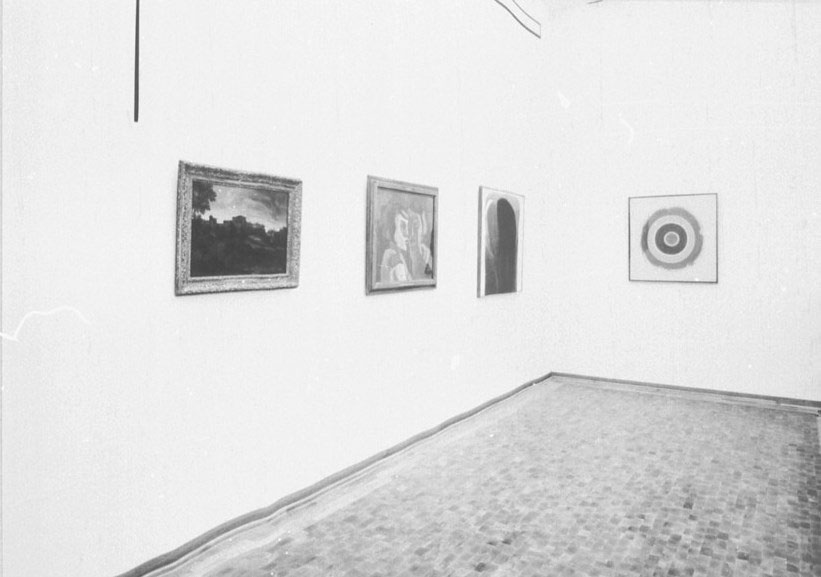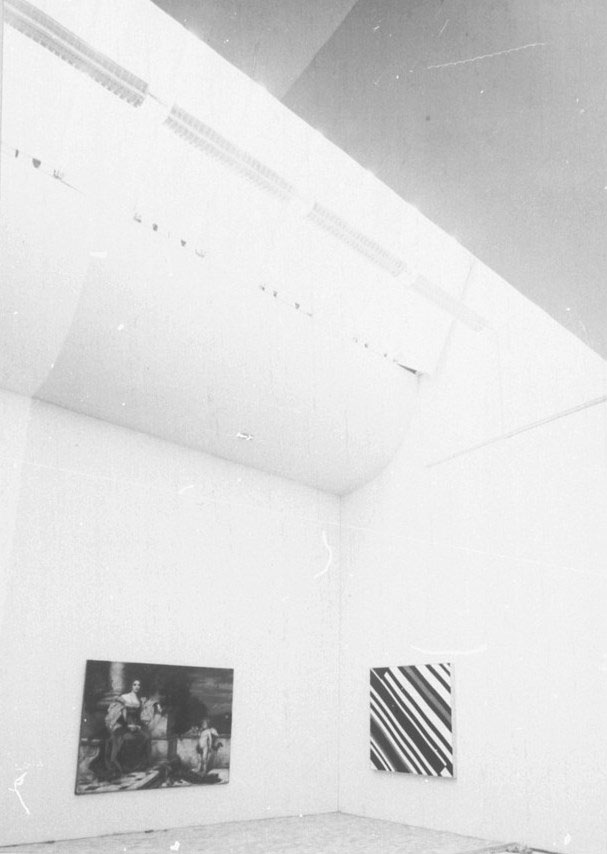In 1979 the architect duo Busmann + Haberer erected a cubic model building on a remote schoolyard in an outer suburb of Cologne. The building was to originally serve only as an architectural model for the new construction of the Museum Ludwig, one of the most important museums in Germany, which amongst a host of other works is home to the enormous art collection of Peter and Irene Ludwig. The purpose of the experimental model was to test out the directed lighting, the wall and floor surfaces, and the practicability of the planned sawtooth roof construction, which would later become a standout feature of the museum then built in Cologne’s city center.
Once the building project was finished in 1983, the temporary structure was supposed to be demolished. The artist Eva Janošková, who at the time had moved into a studio on the grounds, had started however to organize exhibitions with friends and studio colleagues in the Simultanhalle, and a year later she succeeded in acquiring funding from the municipal cultural office, which made ongoing exhibition practice possible.
Affectionately dubbed the “simultaneous hall” in internal documents of Cologne’s municipal authority, this name soon became official – for both the construction model as well as the idea it gave birth to, an exhibition space with museal character that could be freely used.
Beginning in 1989 a curatorial board, comprised on a rotational basis of figures active in Cologne’s art scene, took over responsibility for organizing exhibitions with local and international artists at the venue. Since then the project space has established itself as a constant and relevant player in fostering art practice in the region while also serving as a platform for international events.
Since 2018 the Simultanhalle has been closed indefinitely due to structural problems. Under the name SimultanProjekte, exhibitions and performances have meanwhile been held on the outdoor area and in the direct vicinity.
In 2021 the Simultanhalle was placed on the German Art History Association’s red list of endangered buildings. In 2022 Masters students at Dusseldorf’s University of Applied Science / Peter Behrens School of Arts developed ecologically-sound approaches to preserve the Simultanhalle. The Förderverein Simultanhalle e. V. , a friends’ association, is also actively engaged in saving the building and is in constant contact with key figures in the municipal authority.
The Förderverein Simultanhalle e. V. is currently researching the 40-year history of the Simultanhalle. All sorts of material – flyers, photographs, posters, leaflets, press reports – are invaluable in compiling an extensive archive of past exhibitions, their curators, and the history of the location. If you own any documentary material and/or are an artist who has exhibited at the Simultanhalle in the past, please do not hesitate to contact us at: info@simultanhalle.de.


